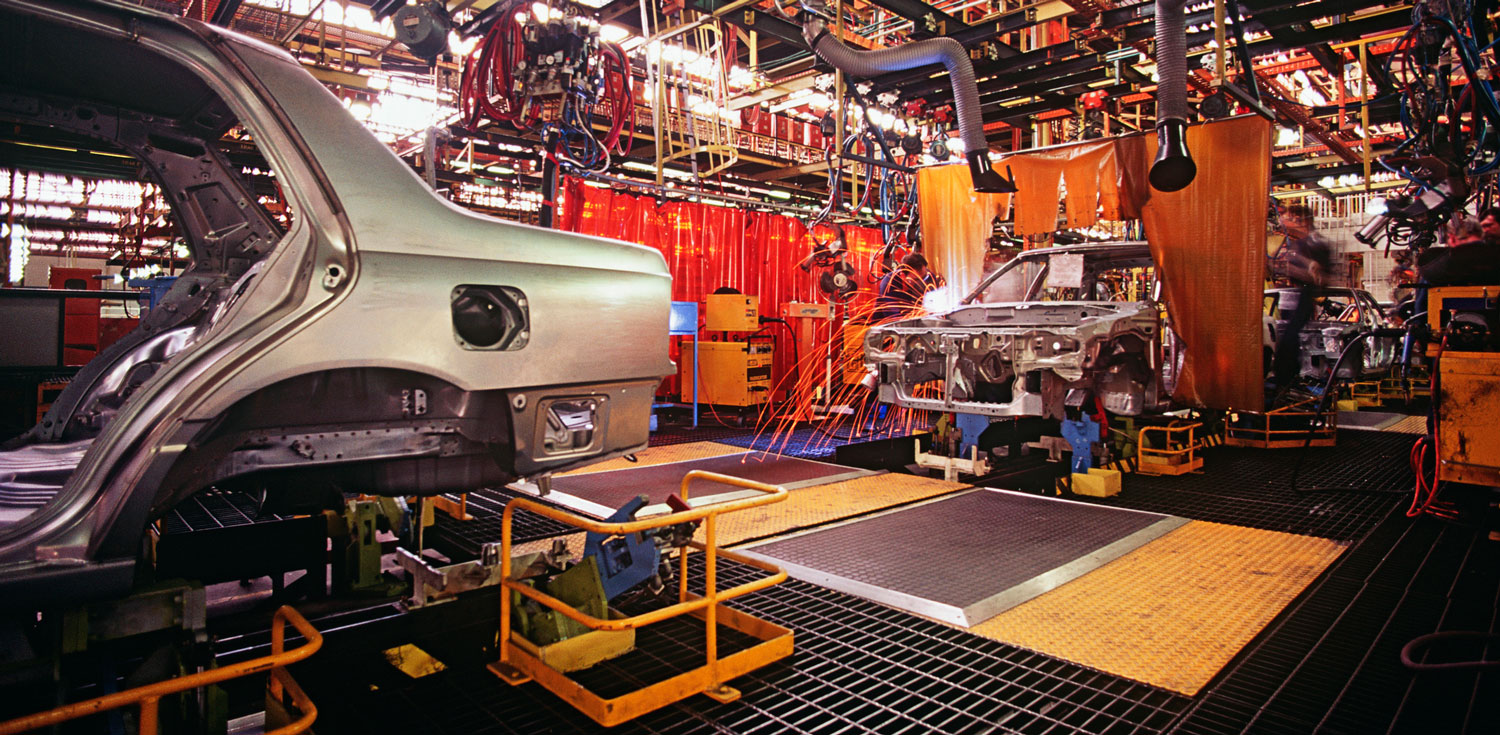People before profits
I’ve been asked by Toyota to evaluate their plan and so far have found that their approach starts with a philosophy of “people before profits”. But does putting people before profits make for a less profitable company? I’ve found the opposite situation at Toyota. In my interviews and meetings with dozens of people, I keep hearing and seeing one phrase in action: “My job is my work plus kaizen.”
The Japanese term “kaizen” simply means “improvement”. In the Toyota business context, it manifests as continuous improvement through problem-solving.
Toyota invests heavily in its human capability, from the shop floor upwards. It is as if people at all levels really have two jobs: the first being the doing of “the work”, and the second being a relentless drive for improvement through problem-solving.
As a company, Toyota has a principle of “people first equals customer first”, and it is this investment in its human resources that leads to vehicle quality and customer satisfaction.
But now there is an interesting natural experiment in the “Toyota Way” occurring in Australia. The philosophy is being stretched from its usual domain of stability and year-on-year growth to the much more challenging context of a shutdown.
So far, staff engagement has not dropped at all; indeed, it is slightly up since the closure announcement. Team member participation in quality control circles – small groups that focus on problem-solving – as well as other kaizen activities is just as strong as ever.
Product quality, too, has improved since the closure announcement, perhaps as a result of better staff engagement. And Toyota is pushing hard to achieve what has become a mantra at the Altona plant: “last car equals best global car”.
Life after Toyota
The “people before profits” approach has seen some impressive initiatives put in place. While some manufacturing employees will be redeployed and some will retire, all the others are being offered either upskilling or reskilling options. Upskilling demonstrates Toyota’s commitment in developing its people to the last day. It provides employees with paid time to attend classroom training, on-the-job competency development and qualification attainment (through partnering with a TAFE college) to a level above their current job. For example, shopfloor team members can achieve a first-line supervision qualification. Supervisors can achieve a qualification one level higher, and so it goes across the plants. These people are being trained and prepared for their post-Toyota career.
The reskilling initiative is even more innovative. Those who are leaving the company next year can nominate a career interest and, once it is established as a feasible option, Toyota pays for their retraining. For example, Toyota is currently fully paying for more than 20 team members to study nursing.
As a company, Toyota has a principle of “people first equals customer first”, and it is this investment in its human resources that leads to vehicle quality and customer satisfaction. It is also a core reason why Toyota has become the world’s biggest automotive manufacturer and why its market capitalisation is now almost double that of GM and Ford combined.
Yet in my many encounters with executives and managers of all levels at Toyota, their investments in people, even when they will be saying goodbye to many of them in 18 months, is not even considered as a financial prospect: it is done as a sincere matter of “heartfelt leadership”. Because it is done so well, it pays off.
Danny Samson is a professor of management at the University of Melbourne and chair of IML’s academic board.



